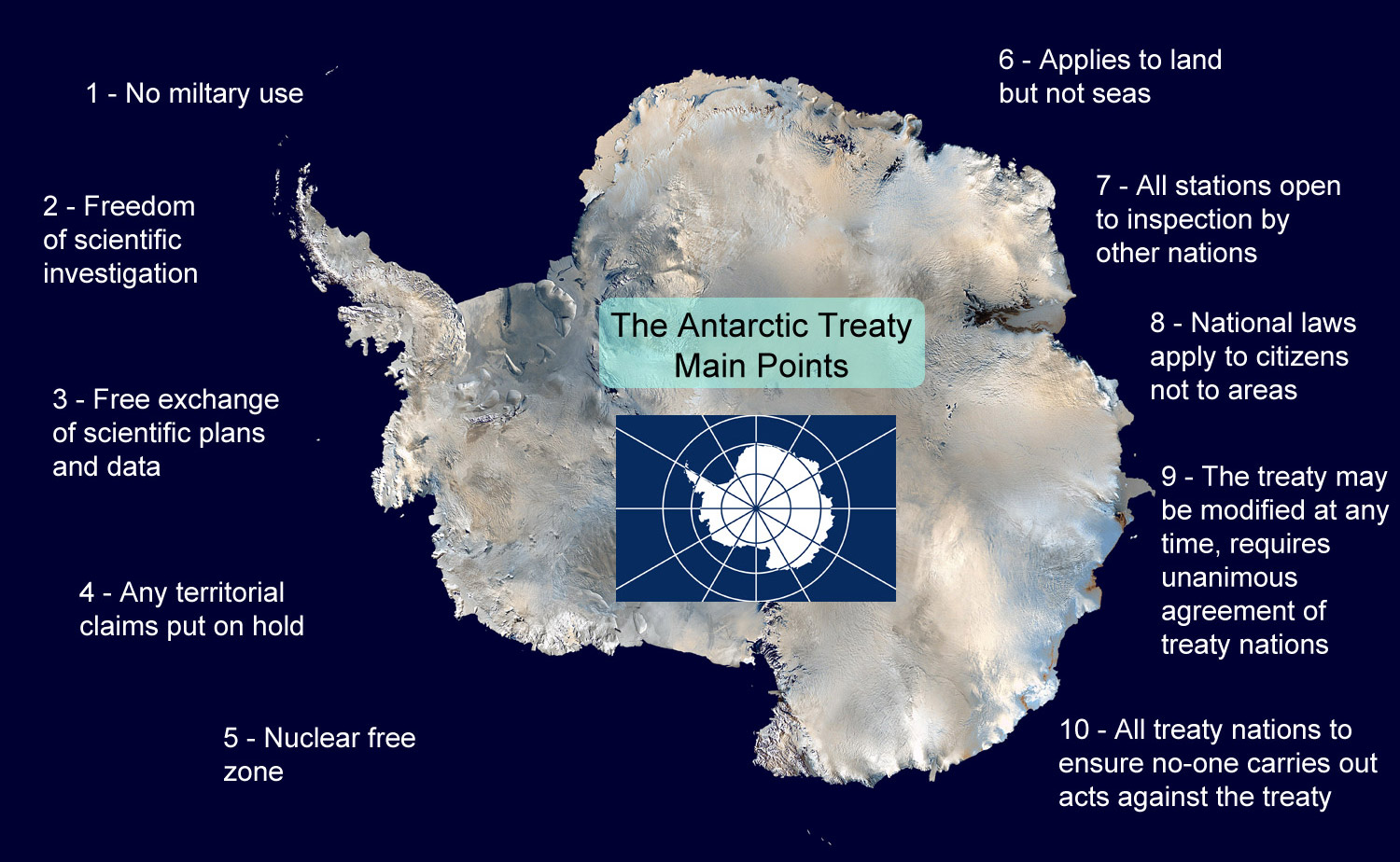Plant Cover and Warming in the Antarctic Peninsula
Context – Warming in the Antarctic Peninsula.
A new study shows that plant cover on the Antarctic Peninsula has increased more than tenfold in recent decades due to rising temperatures.
 More on News:
More on News:
This study, published in Nature Geoscience marks the beginning of a “dramatic transformation” in this remote region.
Climate Change Impact:
- Warming Rates: A 2023 study in Nature Climate Change indicated that the continent is heating twice as fast as the global average, at a rate of 0.22 to 0.32℃ per decade.
- The Antarctic Peninsula is warming five times faster than the global average, with temperatures nearly 3℃ higher than in 1950.
- Heatwaves: This rapid warming has led to record-breaking heatwaves, particularly notable in July 2023, when ground temperatures soared up to 28℃ above normal.
- In March 2022, the continent experienced its most intense heatwave, with temperatures in East Antarctica reaching a staggering 39℃ above normal.
Ice Loss and Sea-Level Rise
|
Key Findings:
- Using satellite imagery, researchers found that the extent of vegetation—primarily mosses and lichens—has increased 14 times over the past 35 years.
- In 1986, plant life covered less than 1 square kilometre of the approximately 500,000-square-kilometre peninsula, but by 2021, it expanded to nearly 12 square kilometres. Notably, the rate of greening accelerated by over 30% between 2016 and 2021.
- Despite the small actual area of vegetation, the percentage increase is significant, highlighting the profound impact of anthropogenic climate change even in such extreme environments.
Implications of Increased Vegetation:
- Soil Formation: Mosses can colonise bare rock, creating soil that could foster the growth of invasive species, threatening native flora and fauna.
- Invasive Species Risk: The changing landscape could make the continent more susceptible to non-native species, possibly introduced by visitors.
- Albedo Effect: More plant cover may reduce the Antarctic Peninsula’s ability to reflect sunlight, leading to greater absorption of solar energy and potentially higher local temperatures.
The Antarctic Treaty:
- Signing Date: The Antarctic Treaty was signed on December 1, 1959, in Washington, D.C.
- Initial Signatories: Twelve countries, whose scientists participated in the International Geophysical Year (IGY) of 1957-58, were the original signatories.
- Current Status: The Treaty entered into force in 1961 and has since been acceded to by additional nations, bringing the total number of Parties to 57.
- Key Provisions:
- Article I: Antarctica is designated for peaceful purposes only.
- Article II: Freedom of scientific investigation in Antarctica is guaranteed, along with cooperation among nations to further scientific research.
- Article III: Scientific observations and results from Antarctica must be exchanged and made freely available to all parties.
- Article IV: Territorial Claims:
- The Treaty addresses the complex issue of territorial claims.
- Seven countries (Argentina, Australia, Chile, France, New Zealand, Norway, and the United Kingdom) have overlapping territorial claims, while other nations do not recognise these claims.
- The U.S. and Russia maintain a “basis of claim.”
- The Article preserves the status quo, stating that no activities under the Treaty will assert or deny claims to territorial sovereignty or create rights of sovereignty.
- Article VII: To promote the Treaty’s objectives, all areas of Antarctica, including stations and equipment, must be open to inspection at all times.
|
The Indian Antarctic Act, 2022, represents a significant step in India’s legal framework regarding its activities in Antarctica. This legislation is crucial for aligning India’s national laws with its international obligations under the Antarctic Treaty System. |
Conclusion:
The findings indicate that climate change is profoundly altering the Antarctic Peninsula’s environment, with significant implications for its ecosystems and global climate systems.
Subscribe to our Youtube Channel for more Valuable Content – TheStudyias
Download the App to Subscribe to our Courses – Thestudyias
The Source’s Authority and Ownership of the Article is Claimed By THE STUDY IAS BY MANIKANT SINGH




